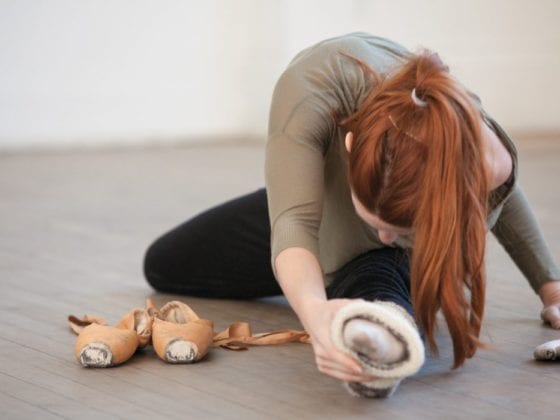“The most important thing we’ve learned as far as children are concerned is never, never let them near the television set. Or better still just don’t install the idiotic thing at all. It rots the senses in their head. It keeps imagination dead. It clogs and clutters up the mind. It makes a child so dull and blind” the Oompa Loompas energetically sing in the 2005 movie Charlie and the Chocolate Factory.
Though this song is just part of a silly scene from a movie, not a serious attack on television, its message is one we’ve probably heard before – that TV is bad for children. And though there is definitely some truth to those lyrics – there are a lot of messages on television that we shouldn’t expose kids to – good messages can also be found. This is important to know as on average kids ages 8 to 18 spend a whopping 4 ½ hours watching TV shows each day via the TV, cell phones, tablets and/or computers.
Fortunately, there are ways to help protect your children (or your nieces and nephews, siblings, kids you’re babysitting, etc.) from TV’s negative messages and enhance its positive impact.
First, let’s tackle some of the negative effects of television:
Sex, violence, racism – these are just a few examples of content frequently seen on TV that can negatively influence kids. Even many of today’s children’s programs contain a lot of fantasy violence and promote gender stereotypes, consumerism and selfishness, among other negative things. And yet though it might seem, in light of these negative messages, that we should simply keep kids away from TV, there is a way to protect them without turning off cable or unsubscribing from Netflix or other video streaming services.
Researchers have found that watching television with your children and guiding them through the programs they’re viewing is the most effective tool in managing TV’s influence on them. When you comment on the images you’re seeing, it can help shield kids from the negative effects of some TV (like scary or violent scenes, for example). Tell them when things you’re watching are dangerous, unrealistic, or unhealthy. Fast-forward through or mute the commercials—maybe say something like “These commercials are trying to sell us things, so we’re going to skip them.”
…watching television with your children and guiding them through the programs they’re viewing is the most effective tool in managing TV’s influence on them.
Young children in particular have difficulty distinguishing between fantasy and reality and understanding that advertisements are there to persuade people to do something. For older children, you could help them identify product placements within the shows you’re viewing together. For example, “Did you notice that all of the people on this program have been drinking Coca Cola? Why do you think that is?” Or, you can use something you’ve just watched in a program as a springboard for a discussion. Perhaps you’re watching a program with pre-teen girls where the attractive “teen” characters (really college-aged actors playing 15-year-olds) are extremely skinny but with perfect curves, and you take the opportunity to talk about healthy body image.
Though it’s easy to focus on the negative aspects of TV when discussing kids, it’s important to remember that there’s a lot of positive, beneficial television content, too.
Television can teach children about the arts, music, science, different cultures and viewpoints. There are also many excellent educational programs that have been found to help preschool-aged children (Sesame Street, Dora the Explorer, Super Why! and Blue’s Clues, among others). Sesame Street, for example, can help with children’s vocabulary and learning of numbers. Again, it helps if parents or caregivers watch these positive programs with children and comment on them as this is when kids learn the most. For older school-aged children, you can find helpful lists online of good TV shows.
Parents and caregivers have the potential to accentuate the positive impact and soften the negative effects of television messages simply by being active in children’s viewing experiences. So let’s help children interpret what they’re seeing and unpack the messages and images that they’re coming across in the television world! We need to ask ourselves if we want children’s view of the world to be molded by what they’ve seen in entertainment media or by the adults in their lives who love them and have their best interests at heart.
How do you watch TV with your child? Do you think media has had a positive or negative impact on them so far?
Image from “I’m Not Here I’m Not There” appearing in Darling Issue No. 8 by Emily Blake











